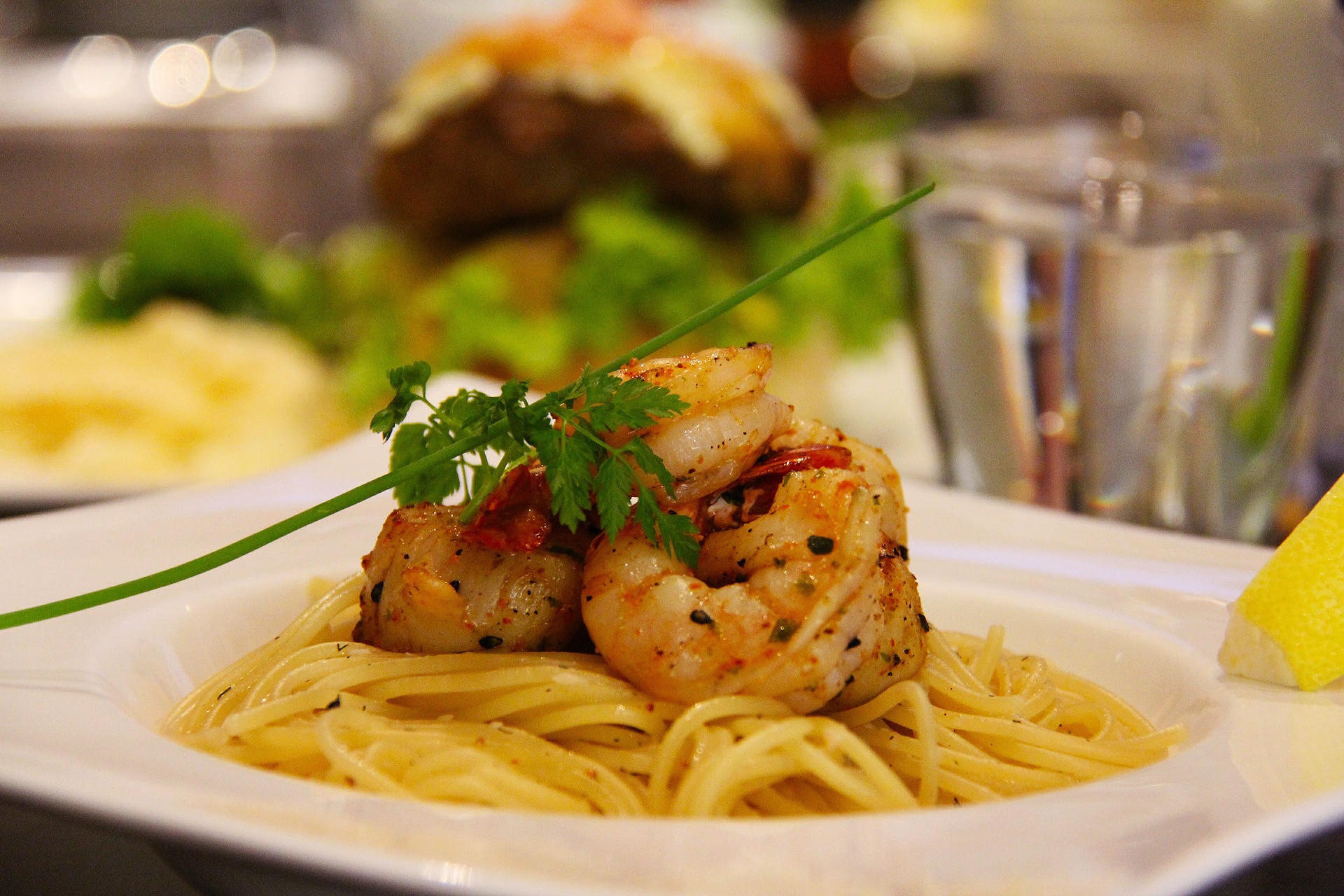During COVID, eating patterns around the world altered to include a lot more home cooking and convenient delivery of dishes from once-bustling eateries when home-cooked meals aren’t enough. Asian food, snacks, and beverages are trending at the top of attempts by home chefs to recreate or seek out when looking for convenience, indulgence, and preventative health in their diets as more North Americans seek out the delicious restaurant-quality food they miss and the sweet treats that used to brighten their days.
Cooking at Home with an Asian Twist
COVID resulted in an increase in home cooking as a result of necessity and entertainment, a tendency that can be found all over the world, including Asia and North America. This rise was accompanied by a newfound or increased desire to attempt new recipes in the kitchen in order to spice up their meals, although convenience and simplicity remained at the forefront of people’s concerns. Incorporating Asian-style marinades and seasonings into North American meals, with flavors like spice and salted egg yolk sprinkled on or mixed in with veggies and meat to mimic popular dishes but with quick and simple preparation, is one way North Americans can still get that flavor from the takeout they love and miss.
The nuanced umami flavours that people enjoy about restaurant-style Asian cuisine are often overlooked when attempting to recreate it at home. To achieve this, home cooks are increasingly seeking for seasoning sauces with culinary notes like onion and roasted or smoked flavors to add layers of umami to their dishes.
The necessity to choose healthier meals to aid in immunity strengthening and prevention goes hand in hand with the pandemic affecting people’s dietary habits. Following the COVID outbreak, which highlighted worries about food safety and health, more people are becoming interested in substitute meat. Plant-based meats have been quite popular in Asia, and they are also becoming more popular in North America. As a result of this necessity, there are now replacements for anything from beef to chicken that can be readily swapped out in all of their favorite meat-based dishes by home chefs transitioning to a more plant-based diet in the aftermath of the coronavirus.
Soup has long been a go-to winter comfort food, but simple old “chicken noodle” has earned a makeover in recent years, thanks to ramen’s popularity. To amp up their own soups, at-home chefs are looking for higher-quality, Asian-style noodles, as well as fish, vegetables – such as cabbage and seaweed – and immunity-boosting components like ginger and garlic, while also looking for low-sodium, low-fat broth to increase nutrition. They’re interested in the healthier ingredients they see in their restaurant-quality bowls of ramen and want to bring them home to keep healthy while also enjoying a heartier, more flavorful noodle than what you’d get from a can.
DIY Sweet Snacking
In a COVID world, the act of stopping for a little treat at a sweet store to infuse a little excitement and delight into a day of running errands is unthinkable. Instead, customers are attempting to make their favorite delicacies at home, particularly sweet Asian delights. Recipes for DIY mochi, brown sugar boba, waffle taiyaki, and other Asian desserts have gone viral on Tik Tok, with young Americans hoping to recreate the thrill of sampling these delicacies in an Asian night market. Exotic meals are allowing people to take “mental vacations” and feel less stuck inside. They’re also looking for more boxed delivery services that deliver a range of snacks to their door, indicating that consumers are becoming more daring and experimenting with global flavors over time.
Beverages for Health and Gamers
When it comes to improving one’s health, many people resort to beverages that prominently display their healthy ingredients and advantages on their labels, ranging from “reduced in sugar” to fruits and botanicals to alternative proteins. Many Asian flavors are becoming prominent ingredients in beverages such as black tea and smoothies, as well as in novel methods that are gaining traction. Citrus, ginger, and honey are well-known natural remedies for hydration, cleansing, and wellness, and these flavors are now being introduced in products such as golden milk and drinking yoghurt, which may not be as well-known but are drawn to because of the well-known association with the ingredients. Consumers prefer to buy what they’re familiar with from trusted brands, but they’re also willing to try something new when it’s connected with the familiar.
While health is at the forefront of the pandemic eating habits, there is also a demand for convenience and immediate relief, particularly among customers who spend hours playing video games and can’t afford to be away from their computers for lengthy periods of time.
The Asian gaming culture is powerful, and it has perfected the art of keeping gamers hydrated, satiated, and alert in order to maintain optimal performance. Due to lockdowns and boredom indoors, this gaming fad is increasing in North America, which has boosted the demand for easy energy. Energy drinks are becoming more popular, with Asian twists that go beyond the syrupy sweetness that is normally associated with them. Flavors like sparkling cold brew coffee with citrus or sticky rice and dark chocolate cereal beverages supplied in pouches provide a rapid energy boost for busy gamers and anybody in need of a convenient energy solution.



